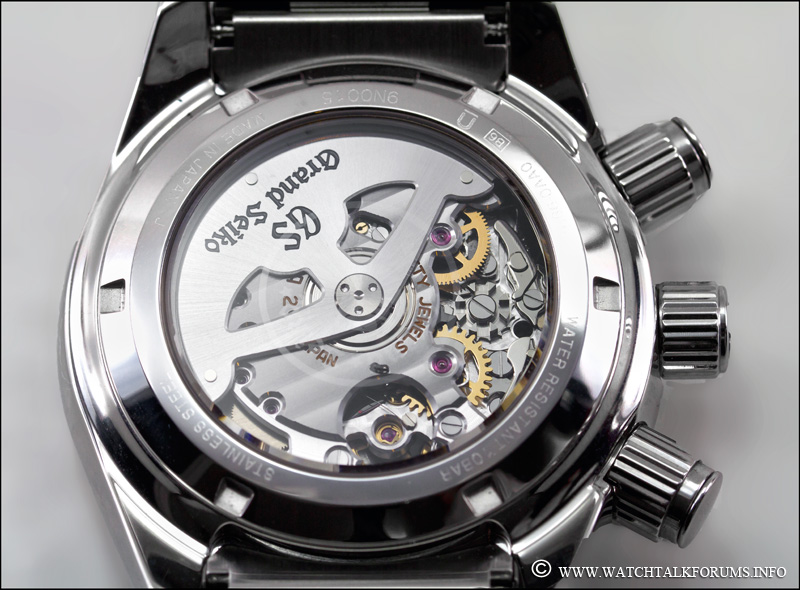
Movement decorations
Dinosaurs personalized kids wall clock, Girl and boy clock, Wall decor, Silent movement clock, Good for bedroom Great for kids gift. (841) $37.99. FREE shipping. Orrery Clock! - Solar System Model - Planetarium - Mechanical - Planetary Movement - Celestial - Astronomy - Astrology - Space - Science. (165) $215.05.
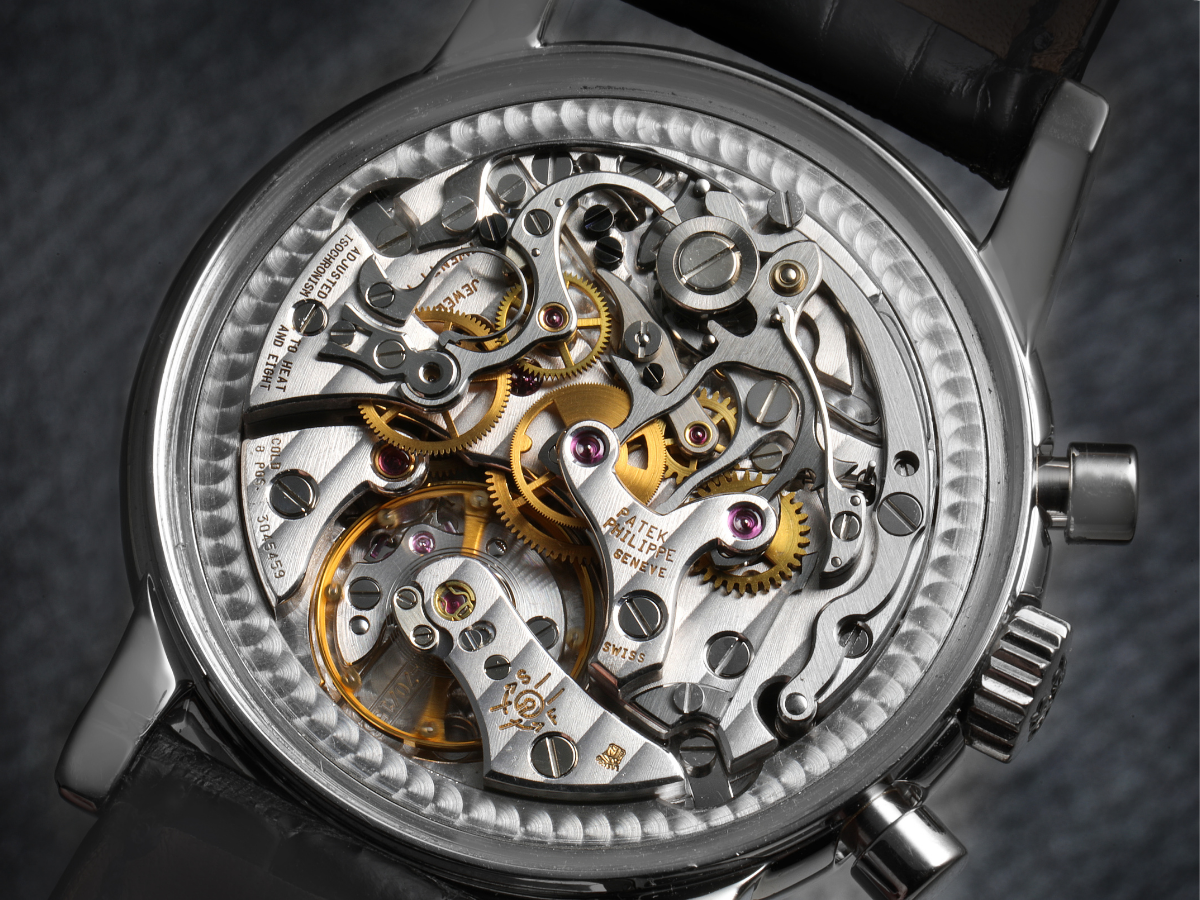
Watch Movements Explained The Watch Club by SwissWatchExpo
5 Posted by Robert-Jan Broer on Oct 29, 2009 Tags: Cotes de Geneve, Engraving, Movement, watchmaking. For most of us watch freaks, big part of the fun is in the mechanical movement. Handwound or automatic, doesn't matter, as long as it has a mechanical heartbeat instead of a battery operated electronic circuit (exceptions aside).

Glass & Metal Beads Watch Movements Christmas Decoration Etsy Metal beads, Beaded watches
No, hand finishing doesn't matter. Let's start with a few of the "no" arguments: · Fine hand finishing is a frill that doesn't improve the operation of a watch. Done incorrectly, as when the teeth of gears are over-polished, it can actually destroy performance. · Many perfectly fine - even great - watches like Rolex and Omega.
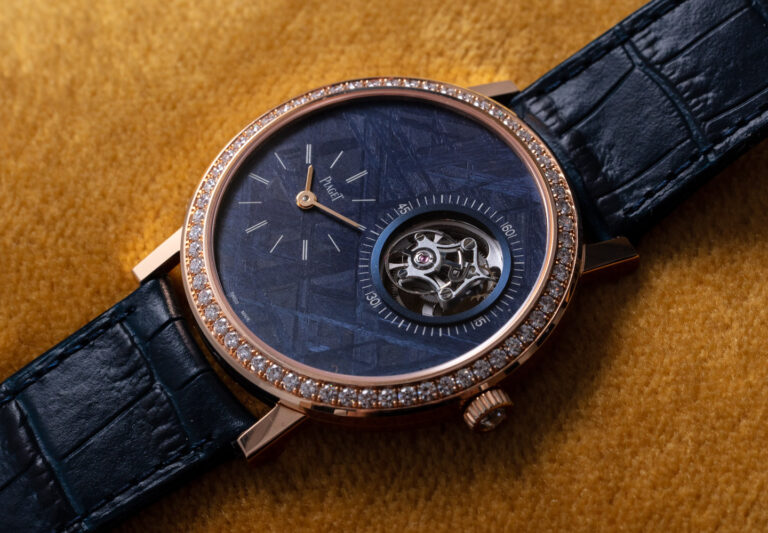
HandsOn With Two DiamondDecorated Piaget Altiplano Tourbillon Watches aBlogtoWatch
A portion of every watch's price comes from its movement, and the level of decoration on the movement determines how expensive that movement is to make. As with many aspects of high watchmaking, even many of the decorative techniques have practical origins: historically, textured surfaces applied to movement parts like the bridges and plates prevented dust inside the case from clogging up.

Guide to Understanding Watch Movement Decoration WATCH CHRONICLER YouTube
2443 posts · Joined 2011. #12 · Feb 18, 2013. Perlage is a specific decorating pattern, and I haven't seen any watches in this thread decorated with perlage. 1. Member National Association of Watch and Clock Collectors. Member, NAWCC Chapter 149. Vice President and Secretary NAWCC Chapter 140.
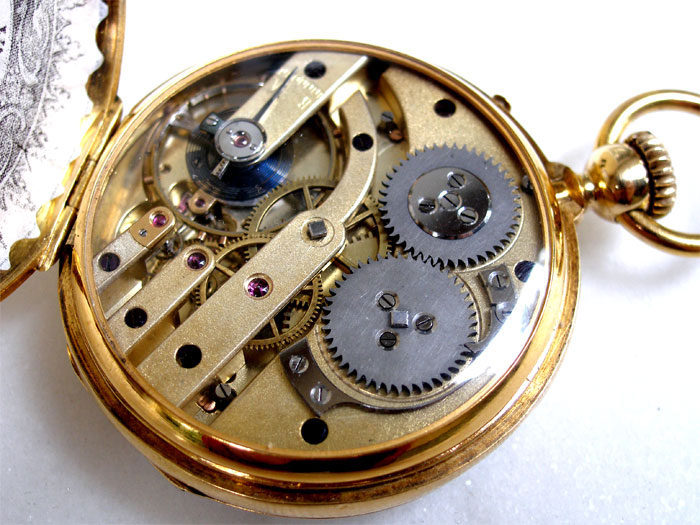
Conservation, Restoration of antique movementsBespoke Watchmaking
In today's video, I would like to shed light on the beautiful and intricate finishes which adorn watch movements. These vary from popular perlage to the rema.
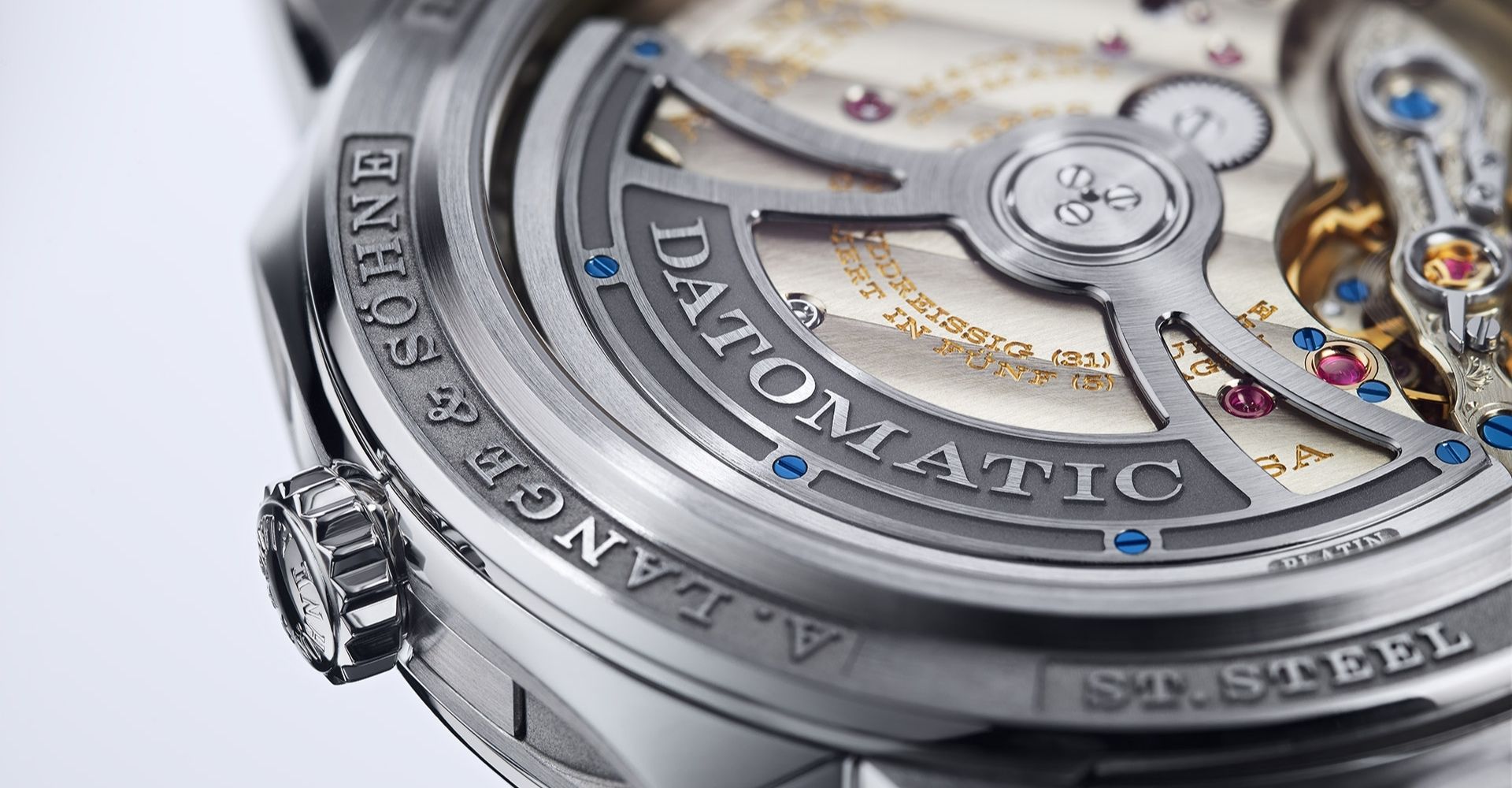
What’s a Watch The divine is in the details REV WATCHES
This movement by Kari Voutilainen packs most of the high-end decoration techniques used in Haute Horlogerie. In this article, which is part of our " A Technical Perspective " series, our technical editor Xavier (a still-young veteran of the watch industry) looks back at the main techniques used to finish and decorate a movement.
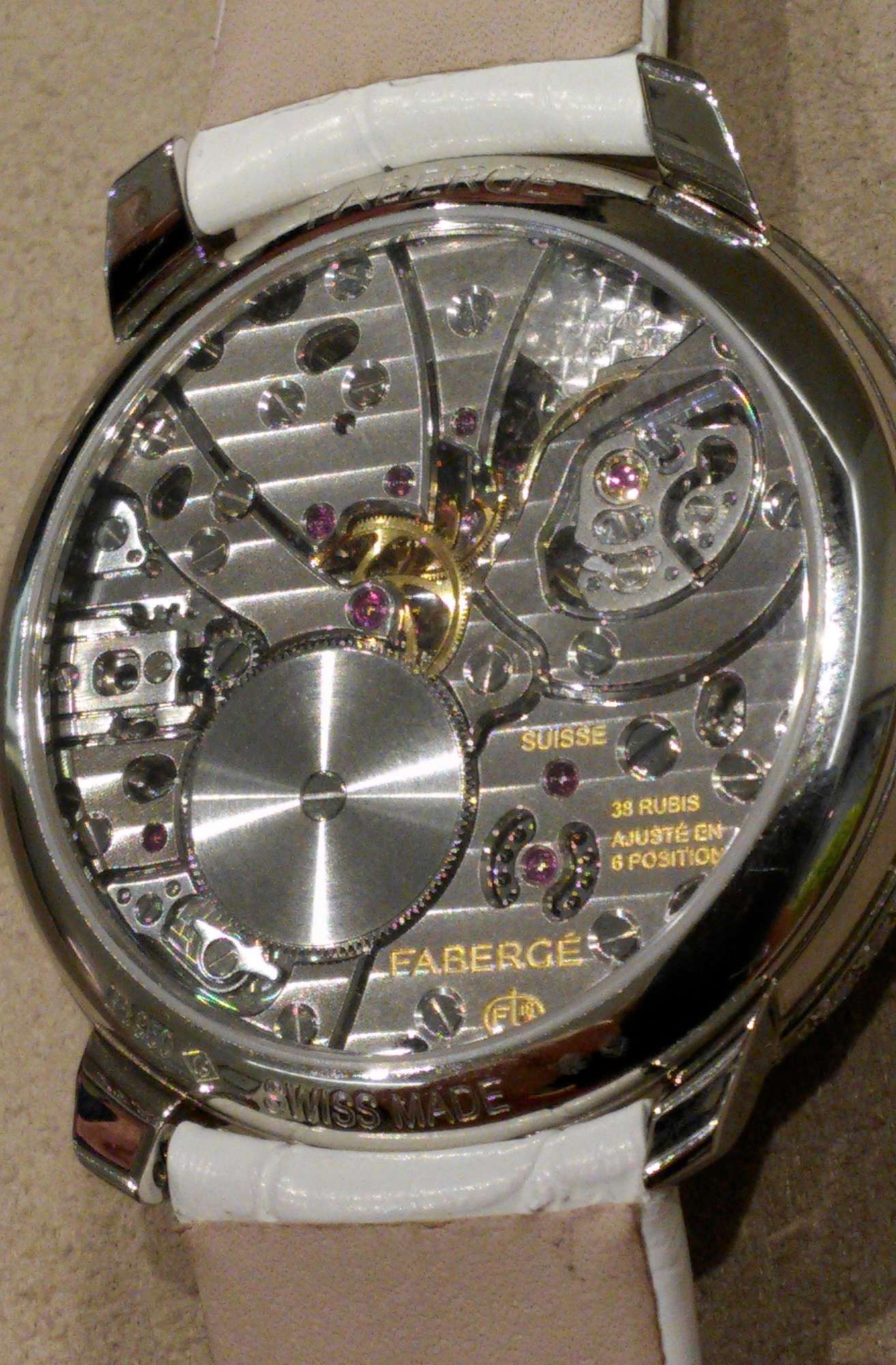
Baselworld 2015 two exceptional watches by Fabergé Time Transformed
A type of watch movement decoration that originated in the German town of Glashütte. The stripes are created by engraving parallel lines into the metal surface of the movement, and they are usually seen on the balance cock or bridge. The stripes are said to improve the stability of the balance wheel and reduce vibration, which can improve the.

Making Custom Watches Casing a movement YouTube
Perlage on an A. Lange & Söhne Datograph Perpetual Calendar Moonphase-IN THE SHOP. Perlage actually plays both an aesthetic and a utilitarian role in the movement. Small circular graining, typically applied to the baseplate — essentially the "motherboard" of watch movements upon which all other components are set — perlage helps to interrupt the angular lines of a movement, adding.

Movement decorations on watches Toolwatch watch tips
The most traditional of all movements, hand-wound movements have to be manually wound every single day to ensure that it creates the energy in the mainspring, required for a watch to function They are known for their beautiful finishing and decorations, which are mostly visible through an exhibition caseback in a watch, just like the Arnold & Son Perpetual Moon in steel featured here

A. Lange & Sohne mechanical movements what makes them so irresistible? Time and Watches
Véronique, the Artisan of Movement Decoration, appreciates being surrounded by beauty in order to create works with great esthetic appeal. It is here that movement decoration is performed: Côtes de Genève, bevelling, circular-graining, circular satin-brushing, sunburst patterning, and Fleurisanne engraving - all skills that highlight the beauty of the watch movement and the intelligence.

Movement decorations on watches Toolwatch watch tips
Movement Decoration Explained. For most of us watch freaks, big part of the fun is in the mechanical movement. Handwound or automatic, doesn't matter, as long as it has a mechanical heartbeat instead of a battery operated electronic circuit ( exceptions aside ). Most brands use movements built by companies such as ETA, Soprod, Lemania etc.
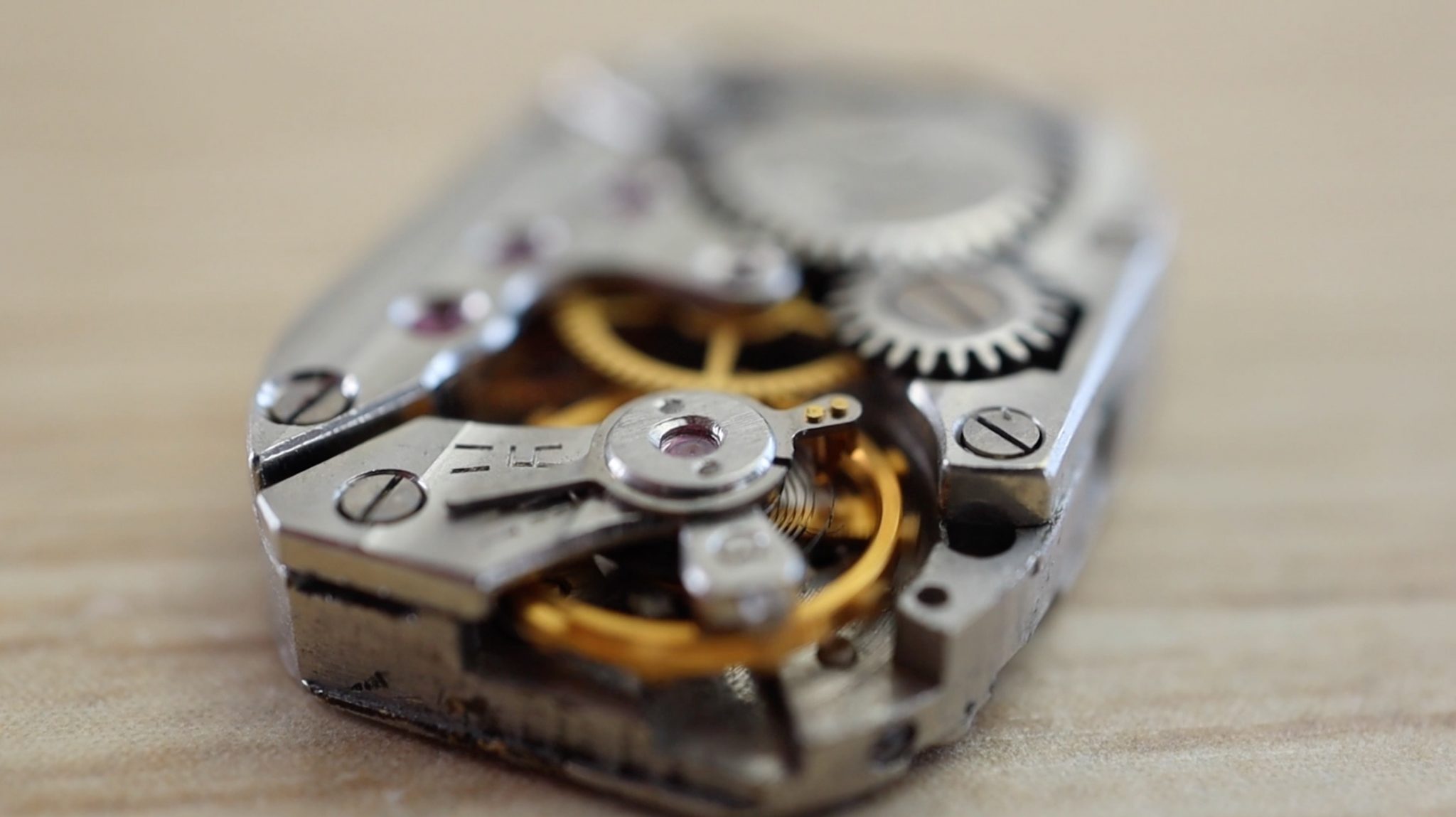
Make Your Own Mechanical Watch Movement Cufflinks The DIY Life
This chronograph movement also contains a particularly large number of steel parts, e.g., springs and levers, which Lange has decorated with a linear brushed finish. Like the bridges and plates, the steel parts also are beveled (i.e., their flanks are angled to exactly 45 degrees) and manually polished because no machine can produce the precisely angular shape of the inner corners.

Movement decorations on watches Toolwatch watch tips
Let's see briefly the four most used decorations throughout horology: It consists in removing material from plates of the movement in tiny circles. This decoration is made with hundreds of overlapping circles, usually all done by hands. The initial objective was to capture dust circulating inside the movement.

Movement Decoration Explained
Movement decoration is something that has continued to evolve over the entire history of watchmaking. Many early movements - this is going back to the earliest table clocks, which gradually evolved into watches as they got smaller - had iron movements, and while they could have very elaborately decorative cases, the movements tended to be.

A Look Inside the World's Most Impressive Watch Movements Sharp Magazine
Guillochage is a type of intaglio engraving used to decorate watch dials and cases. A very old technique, it first emerged in the 16th century, but wasn't introduced to the watchmaking world until the end of the 19th century. It involves carving interlaced straight and curved lines using a guilloche machine, a tool consisting of a crank handle.